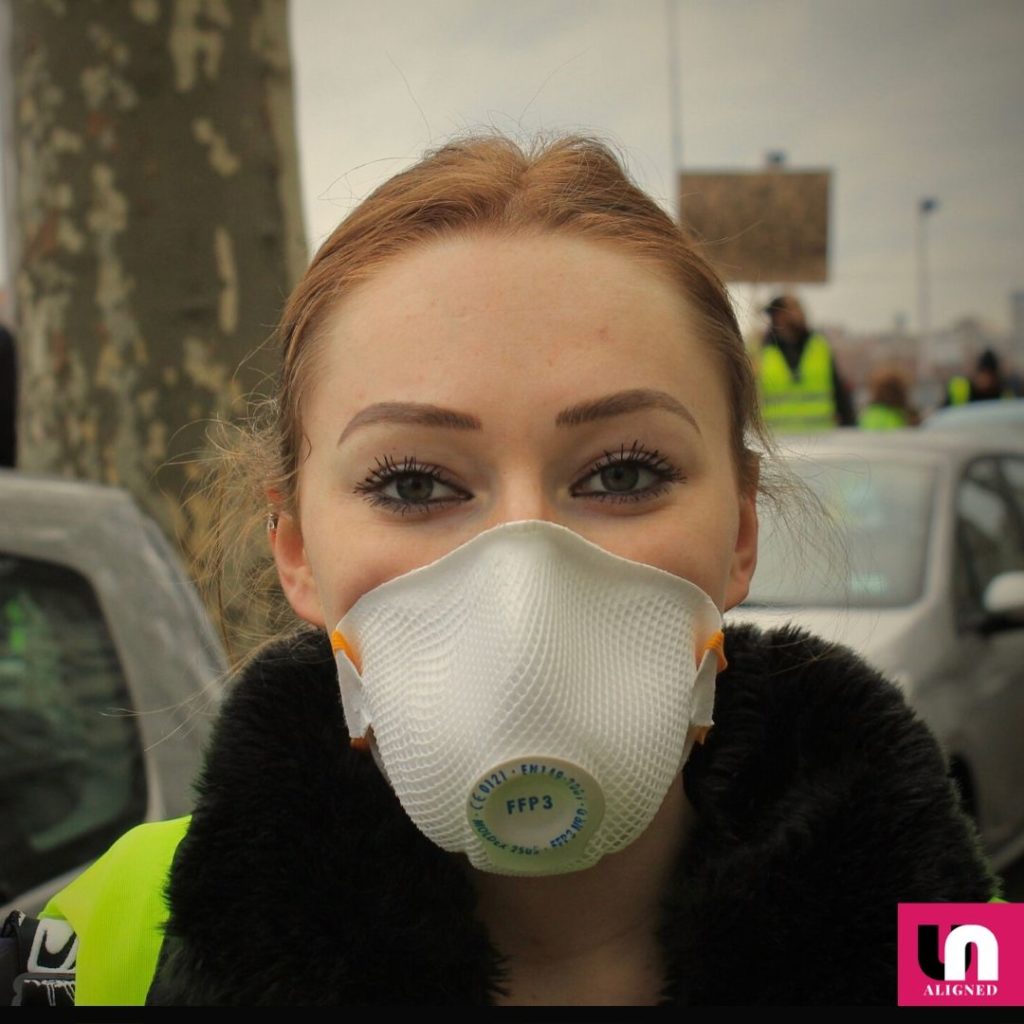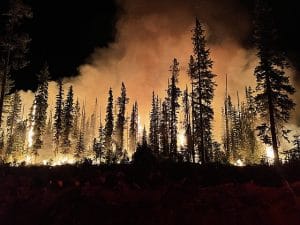We have come a long way since World War I and World War II, yet we still see police forces using dangerous chemical weapons, such as tear gas, against their own civilians.
How dangerous are these chemical substances and should local police be permitted to use such weapons against people? How were these weapons used in WWI and WWII? The following article aims to answer a few of these questions.
What is tear gas?
Tear gas, also known as riot control agent or mace, is a chemical weapon used to control or disperse crowds by causing severe eye and respiratory pain, skin irritation, bleeding, and blindness.
Some of the most common compounds used in tear gas are chloroacetophenone (CN) and chlorobenzylidene malononitrile (CS). While exposure to such compounds has mostly short-term consequences, there are possible long term effects that could be caused by longer exposure.

The history of the tear gas
The employment of tear gas can be divided into 4 periods: Pre-WWI, WWI, WWII, and post-WWII.
Pre-WWI
The first use of tear gas can be traced back to 1912 when the French employed the substance Ethyl bromoacetate as a riot control agent. This early tear gas was produced by French chemists at the turn of the 20th century.
Their intention was to develop a new method of riot control while maneuvering around international treaty restrictions on projectiles filled with poison gas that had been imposed by the Hague Conventions of 1899.
WWI
The first employment of tear gas in warfare was by the French in 1914. This was followed up by the use of more toxic gases, such as sulfur dioxide, by the British. In 1915 Germany used 18,000 shells of xylyl bromide in war. This was the largest scale use of tear gas up to 1915. The Germans engaged in using several other odorless, toxic gasses and chemical weapons. In 1917, the Germans demonstrated the first usage of mustard gas, one of the most inhumane chemical weapons used in warfare.
Exposure to mustard gas caused the skin of victims to blister, the victim’s eyes would become unbearably sore and they would begin to vomit. The chemical also caused internal and external damage which was extremely painful. Fatally injured victims could take weeks to die of the poisoning.
WWII
All major combatants stockpiled chemical weapons during the Second World War, especially mustard gas, but its use was relatively limited in WWII. Examples of its uses in conflict include the Japanese use of relatively small amounts of mustard gas and lewisite in China and other very rare occurrences in Europe.
Post-WWII
After WWII, the use of CS (tear gas) was utterly prohibited under the terms of the Chemical Weapons Convention signed by most nations between 1993 and 1997. The reasoning behind the prohibition was pragmatic: use of CS by one combatant could easily trigger retaliation with much more toxic chemical weapons such as nerve agents.
However, the Chemical Weapons Convention solely prohibits military use of such weapons and does not address local conflicts, and thus domestic use of tear gas is still legal in many countries. Examples of countries that deploy tear gas regularly include: US, Hong Kong, Greece, Turkey, and Germany.
Risks of exposure to tear gas
In order to see why it is unacceptable to use such dangerous weapons as riot control tools, we must explore the risks and effects of these chemical weapons. Tear gas works by causing irritation to the area of contact such as eyes, skin and nose within seconds of exposure. The extent of poisoning depends on the amount, duration of exposure, and location of exposure (indoors versus outdoors).
The effects of exposure to tear gas are generally short-lived (15–30 minutes) after the person has been removed from the source and decontaminated. Tear gas can cause tearing, blurred vision and burning eyes, as well as swelling and a burning sensation in the nose and mouth.
It can also affect the lungs, in which case the victim will experience coughing, shortness of breath and even choking sensations. Nausea and vomiting are also common signs, along with skin burns and rashes.
On the other side of the spectrum there are serious or fatal side effects exposure to such substances can have, some of which include: glaucoma (a serious eye condition that could lead to blindness), blindness, respiratory failure, and immediate death due to severe chemical burns to the throat and lungs.
One such example is the death of the 22 year old Sarah Grossman. She was attending a Geotge Floyd protest in Ohio on the 30th of May 2020 when she was tear-gassed. She was sent to the hospital immediately, but could not even make it to the next day. There have been dozens of such instances in the last few months alone.
Final thoughts
Even though the risk of exposure to tear gas is relatively low, the extreme risks are often fatal. Thus it’s decisively clear that chemical weapons such as tear gas have no place in a modern society, even as a riot control agent. But change is coming, and some countries have even taken actions.
France announced in January 2020 that its security forces will no longer use explosive tear gas grenades that have the potential to maim protesters. Change could be relatively slow, but we have to make our voices heard. When we all make noise together, governments will have no choice but to listen to our demands.
References:
- Haber, Ludwig Fritz (1986). The Poisonous Cloud: Chemical Warfare in the First World War. Oxford University press.
- Heller, Charles E. (September 1984). “Chemical Warfare in World War I: The American Experience, 1917-1918”. Combat Studies Institute.
- Hoenig, Steven L. (2002). Handbook of Chemical Warfare and Terrorism. Westport, Connecticut: Greenwood Press.
- Staff (22 February 2006). “Facts About Sulfur Mustard”. Centers for Disease Control and Prevention.
- Bernstein, Barton J. (August–September 1985). “Why We Didn’t Use Poison Gas in World War II”. American Heritage. 36 (5).
- The Atlantic, Anna Feigenbaum, “100 years of tear gas”
- New York Times, Aurelien Breeden, “France to stop using TNT-loaded tear gas grenades”
- The Sun news company, Megan Palin, 22 year old student died after beang tear-gassed and pepper-sprayed at George Floyd protest in Ohio




















